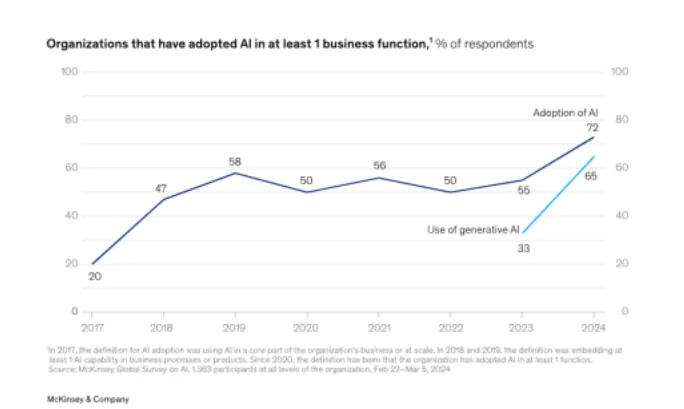When cosmetic hair procedures trigger neurological symptoms: the future risk nobody is discussing yet
Introduction
Cosmetic medicine is growing at a speed the world has never seen. People invest thousands into their hairline, beard density, temple fill, and various advanced procedures. Even low cost clinics in crowded markets are offering aggressive packages. Patients choose hair transplant for self identity, professional confidence, age reversal, and social presence. But there is a gap in the conversation. The human scalp is not a cosmetic-only canvas. It is one of the most nerve concentrated surfaces of the human body. Every injection, every incision, every punch, every implantation affects a nervous grid that is connected directly to the central sensory network. This connection is not fully respected in aesthetic medicine.
The scalp is not only skin, it is a sensory map
The scalp has trigeminal branches, occipital nerves, temporal superficial nerves, and numerous micro-branches that sit right under the hair units. These are not just random nerves. They shape pain interpretation, balance signals, blood flow tone, stress response, and how the brain perceives the head surface. If these nerves are irritated or injured aggressively, sensory confusion can start happening. Chronic numbness, burning scalp, needle-like sensations, and phantom itching are already seen in many international forums of hair restoration communities. These are often dismissed as small side effects. But in some cases these are early neurological distress indicators.
Why we have not recognised this problem yet
Historically, most aesthetic complications have been classified as dermatological. Redness, swelling, folliculitis, infection, necrosis. Dermatology dominated the conversation. Neurology did not even enter the room. Because cosmetic procedures were not considered capable of disturbing the nervous system. This assumption is now becoming outdated. Even mild trauma to small nerve branches can create long term sensory distortion. This sensory distortion does not always show external marks. So the patient thinks everything is healed, but their nervous network is struggling to adapt.
The silent bridge between scalp nerve trauma and brain sensory plasticity
Neuroscience tells us that repeated stimulation or injury to peripheral nerves can push the central nervous system into altered states. People with chronic migraines show this pattern. People with chronic neck pain show this pattern. People with TMJ dysfunction show this pattern. There is no reason the scalp should be exempt from this rule.
If a large number of grafts are extracted rapidly, with high punch density in one session, the scalp nerves are not just gently touched. They are repeatedly interrupted. Over time, the brain rewires around the injured pattern. This can lead to chronic pain loops or chronic numbness loops that may persist for years.
This conversation is almost completely absent in mainstream hair restoration marketing.
Why neurology needs to co design guidelines for future cosmetic procedures
Today, guidelines for hair restoration are mainly driven by dermatology and plastic surgery associations. But as procedures become more aggressive, and as demand rises in younger age groups, we are now entering a space where nervous system safety must be considered. Because a patient is not only investing in how their hairline looks. They are also investing in how their scalp feels.
An ideal future forward clinical policy will include nerve evaluation modules, scalp sensory mapping, and post procedure neurological monitoring for persistent sensory distortion.
In fact, in complex corrective cases, international clinics are already beginning to consult neurologists to evaluate persistent sensory pain after cosmetic scalp surgery. But this is not yet mainstream.
When aesthetic medicine meets nerve medicine
This is where a neurosurgeon will become more important in the next decade than anyone expects. Because the patient who develops chronic occipital neuralgia after repeated botched FUE harvesting will not go to their previous clinic. They will look for a specialist who understands nerve preservation. The surgeon who handles trigeminal neuralgia, cervical root pain, and cranial nerve dysfunction will also become the person who is best suited to design nerve-safe harvesting patterns for cosmetic scalp work.
This crossover between hair aesthetic and brain nerve science will grow rapidly as the number of procedures increases globally.
The next wave of ethical questions
If a cosmetic procedure alters the sensory map of the scalp and the brain adapts to this altered map, then is it only a cosmetic procedure anymore? Or is it a neurological procedure disguised as cosmetic surgery?
This is not philosophical. It is practical. Legal frameworks will slowly need to reflect this. Because when sensory injury lawsuits start, they will not be settled with dermatology arguments. They will be settled with a neurophysiology argument. The brain is a sensitive organ. And cosmetic procedures that repeatedly interact with sensory nerves have the potential to disturb neurological balance.
Conclusion
Hair restoration has unlocked extraordinary transformations for millions. People deserve to embrace their confidence, their appearance, their identity. But now that procedures are increasing in volume and frequency, we cannot continue pretending that the scalp is only a cosmetic zone. It is also a neurological interface. The more aggressively we manipulate its nerve ecosystem, the more neurological consequences we risk.
Cosmetic medicine is entering a future phase where brain science must guide technical decisions. And clinics that understand this early will be the ones that set safe standards for the next generation of patients.






